Home>Home Appliances>Heating & Cooling>How To Install Central Heating
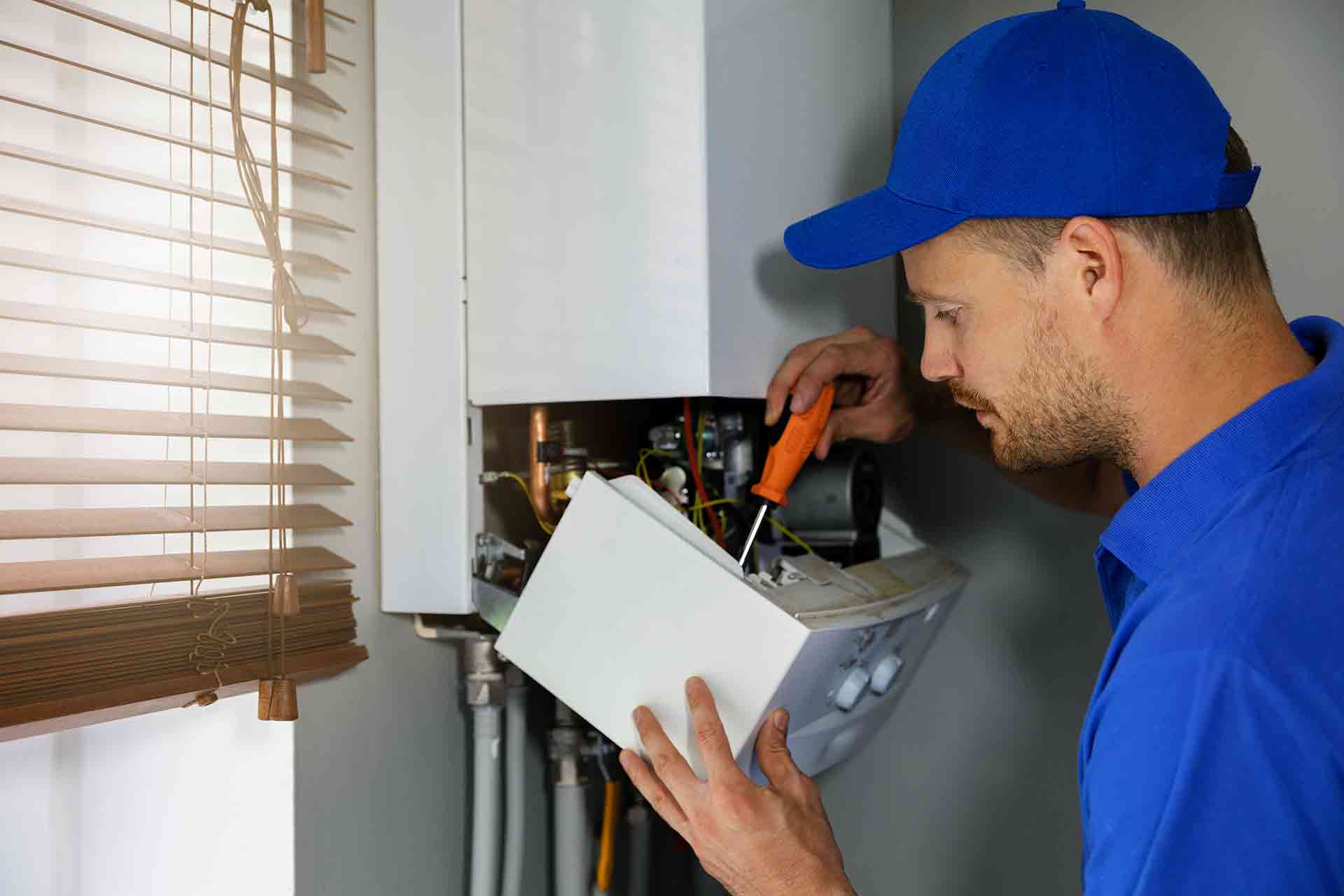

Heating & Cooling
How To Install Central Heating
Modified: March 24, 2024
Learn how to install central heating for your home with our comprehensive guide. Get expert tips on heating and cooling systems installation.
(Many of the links in this article redirect to a specific reviewed product. Your purchase of these products through affiliate links helps to generate commission for Storables.com, at no extra cost. Learn more)
Introduction
Installing a central heating system is a significant investment that can greatly enhance the comfort and efficiency of your home. Whether you're upgrading from an older system or installing central heating for the first time, this comprehensive guide will walk you through the essential steps to ensure a successful installation.
A well-designed central heating system provides consistent warmth throughout your home, making it a welcoming sanctuary during chilly weather. By understanding the key components and installation process, you can make informed decisions and work with professionals to create a heating solution tailored to your specific needs.
In the following sections, we will delve into the crucial aspects of installing a central heating system, from assessing your heating requirements to selecting the right components and carrying out the installation. By following these steps, you can embark on this project with confidence, knowing that you are taking the necessary measures to create a cozy and efficient living space for you and your family.
Key Takeaways:
- Assess Your Heating Needs
Before installing central heating, assess your home’s size, insulation, and energy efficiency goals. Seek professional advice to tailor the system to your specific comfort and sustainability needs. - Choose the Right System
Consider property size, hot water demand, and long-term costs when selecting a central heating system. Collaborate with professionals to ensure seamless integration and efficient operation for your home.
Read more: What Is Central Heating
Step 1: Assessing Your Heating Needs
Before diving into the installation process, it's crucial to assess your heating needs to determine the most suitable central heating system for your home. This involves evaluating factors such as the size of your property, the number of rooms requiring heating, and your specific comfort preferences.
Understanding Your Property
Begin by assessing the size and layout of your home. Consider the total square footage, the number of floors, and the presence of any unique architectural features that could impact heat distribution. Understanding these aspects will help you determine the heating capacity required to maintain a comfortable temperature throughout your living space.
Heat Distribution
Next, evaluate the distribution of heat within your home. Identify areas that may require additional heating, such as rooms with poor insulation or those located in colder regions of the house. Additionally, consider any existing heating challenges, such as uneven temperature distribution or cold spots, to address these issues during the installation process.
Energy Efficiency Goals
Assess your energy efficiency goals to align your heating system with sustainable practices. Determine whether you prioritize reducing energy consumption, lowering utility costs, or minimizing your environmental impact. This will guide your selection of heating components and control systems that align with your sustainability objectives.
Read more: How To Use Central Heating
Comfort Preferences
Consider your comfort preferences when assessing your heating needs. Determine the ideal temperature range for different areas of your home, taking into account individual preferences for warmth and the varying heating requirements of specific living spaces. This will inform decisions regarding the type and placement of heating elements to ensure personalized comfort throughout your home.
Professional Assessment
Seeking a professional assessment from heating experts can provide valuable insights into your specific heating needs. HVAC professionals can conduct a thorough evaluation of your property, taking into account factors such as insulation quality, existing heating infrastructure, and potential energy-saving opportunities. Their expertise will help you make informed decisions regarding the most suitable central heating system for your home.
By thoroughly assessing your heating needs, you can lay a solid foundation for the subsequent steps in the installation process. This proactive approach will enable you to select the right components and design a central heating system that aligns with your unique requirements, ensuring optimal comfort and efficiency within your home.
Step 2: Choosing the Right Central Heating System
Selecting the right central heating system is a pivotal decision that significantly impacts the comfort and efficiency of your home. With a myriad of options available, it's essential to consider various factors to ensure that the chosen system aligns with your heating needs and long-term objectives.
Types of Central Heating Systems
When choosing a central heating system, you'll encounter different types, each with its unique features and benefits. The most common options include:
-
Conventional Boiler Systems: These systems comprise a boiler, hot water cylinder, and radiators. They are suitable for properties with existing heating infrastructure and provide hot water for domestic use.
-
Combi Boilers: Compact and efficient, combi boilers integrate the heating and hot water systems, eliminating the need for a separate hot water cylinder. They are ideal for smaller properties and households with limited space.
-
System Boilers: Similar to conventional boilers, system boilers incorporate a hot water cylinder. However, they offer a more streamlined installation process and are well-suited for properties with high hot water demands.
-
Heat Pumps: Utilizing renewable energy from the air, ground, or water, heat pumps offer sustainable heating solutions. They are particularly beneficial for eco-conscious homeowners seeking to reduce their carbon footprint.
Read more: How To Turn On Central Heating
Considerations for Selection
When evaluating central heating systems, several crucial considerations come into play:
-
Property Size and Layout: The size and layout of your home influence the choice of heating system. Larger properties may benefit from conventional or system boilers, while smaller homes could maximize space and efficiency with combi boilers.
-
Hot Water Demand: Assessing your hot water requirements is essential when choosing a system. If your household has high hot water demands, a system or conventional boiler may be more suitable, whereas combi boilers are efficient for smaller households.
-
Energy Efficiency: Prioritize energy-efficient systems to minimize environmental impact and reduce utility costs. Look for systems with high-efficiency ratings and consider renewable energy options such as heat pumps for sustainable heating solutions.
-
Installation Logistics: Consider the practical aspects of installation, including available space, existing infrastructure, and the feasibility of incorporating the chosen system into your home.
-
Long-Term Cost and Maintenance: Evaluate the long-term costs and maintenance requirements associated with each type of central heating system. Factor in the initial investment, potential energy savings, and maintenance considerations to make an informed decision.
By carefully weighing these considerations and understanding the unique features of each central heating system, you can make a well-informed choice that aligns with your heating needs, space constraints, and sustainability goals. Collaborating with heating professionals can further enhance the selection process, ensuring that the chosen system is tailored to your specific requirements and seamlessly integrated into your home.
Step 3: Installing the Boiler
Installing the boiler is a critical step in the central heating system installation process, as it serves as the heart of the heating infrastructure, providing warmth and hot water for your home. Proper installation is essential to ensure the boiler operates efficiently and safely, delivering consistent heating throughout your living space.
Preparing for Installation
Before commencing the installation, it's imperative to prepare the designated area for the boiler. This involves clearing the space, ensuring adequate ventilation, and addressing any structural requirements to accommodate the boiler unit. Additionally, the installation site should be accessible for maintenance and servicing, facilitating future upkeep of the heating system.
Boiler Placement
Selecting the optimal placement for the boiler is crucial for its performance and longevity. Factors such as proximity to flue outlets, accessibility for maintenance, and compliance with safety regulations must be considered. The chosen location should provide sufficient space for the boiler unit and allow for proper ventilation to support efficient operation.
Read more: Why Is Central Heating Not Working
Pipework and Connections
The installation process involves connecting the boiler to the central heating system and the domestic hot water supply. This entails integrating pipework, valves, and fittings to establish seamless connectivity between the boiler, radiators, and hot water outlets. Precision and attention to detail are paramount to ensure leak-free connections and optimal system functionality.
Electrical Integration
In addition to pipework, the boiler installation necessitates electrical integration to power the unit and its associated controls. This involves connecting the boiler to the electrical supply, incorporating safety features such as circuit breakers, and integrating the thermostat and heating controls to regulate the system's operation effectively.
Safety and Compliance
Throughout the installation process, adherence to safety standards and regulatory requirements is paramount. Ensuring proper ventilation, implementing safety features, and following manufacturer guidelines are essential to guarantee the safe and compliant installation of the boiler. This includes verifying gas or electrical connections, pressure testing the system, and conducting thorough checks to mitigate potential hazards.
Professional Expertise
Given the complexity and technical intricacies involved in boiler installation, engaging the services of qualified heating professionals is highly recommended. Experienced technicians possess the expertise to navigate the installation process adeptly, ensuring that the boiler is installed with precision, complies with safety regulations, and operates optimally to deliver reliable heating and hot water for your home.
By meticulously executing the installation of the boiler and enlisting the expertise of heating professionals, you can lay a solid foundation for a robust and efficient central heating system. This pivotal step sets the stage for the subsequent installation of radiators, thermostats, and testing procedures, bringing you closer to the realization of a comfortable and well-heated living environment.
Read more: What Is Central Heating In An Apartment
Step 4: Installing the Radiators
Installing the radiators is a crucial phase in the central heating system installation, as these components are responsible for distributing warmth throughout your home, ensuring a comfortable and cozy environment. Proper installation and positioning of radiators are essential to achieve efficient heat distribution and optimize the overall performance of your heating system.
Sizing and Placement
Before commencing the installation, careful consideration must be given to the sizing and placement of radiators in each room. The size of the radiator should align with the heating requirements of the space, taking into account factors such as room dimensions, insulation levels, and heat loss. Additionally, the positioning of radiators plays a significant role in achieving uniform heat distribution, minimizing cold spots, and maximizing energy efficiency.
Pipework Integration
The installation process involves integrating the radiators into the central heating system through pipework connections. This entails precise measurement and cutting of pipes, fitting valves and connectors, and ensuring secure and leak-free connections to facilitate the flow of hot water from the boiler to the radiators. Attention to detail during pipework integration is crucial to prevent heat loss and maintain the efficiency of the heating system.
Thermostatic Controls
Incorporating thermostatic radiator valves (TRVs) enhances the control and efficiency of the heating system. TRVs allow individual temperature regulation in different rooms, enabling personalized comfort and energy savings. Installing TRVs on radiators empowers homeowners to adjust heat levels based on specific room requirements, contributing to a more energy-efficient and comfortable living environment.
Bleeding and Balancing
Following the installation of radiators, bleeding and balancing procedures are essential to optimize their performance. Bleeding involves releasing trapped air from the radiators, ensuring that they can heat up efficiently. Balancing the radiators involves adjusting the flow of hot water to each radiator, achieving uniform heat distribution throughout the property and addressing any temperature discrepancies between different rooms.
Aesthetic Considerations
Beyond functionality, the aesthetic integration of radiators into your living space is a key aspect of the installation process. Selecting radiators that complement your interior design and align with the overall aesthetic of your home enhances the visual appeal of each room while providing essential heating functionality. Whether opting for traditional column radiators or contemporary panel designs, the visual impact of radiators contributes to the ambiance of your living space.
By meticulously executing the installation of radiators and ensuring precise sizing, positioning, and integration into the central heating system, you can create a well-balanced and efficient heating infrastructure. This step brings you closer to experiencing consistent warmth and comfort throughout your home, marking a significant milestone in the successful installation of your central heating system.
Step 5: Installing the Thermostat
Installing the thermostat is a pivotal step in the central heating system installation process, as it empowers homeowners to regulate and optimize the temperature within their living space. The thermostat serves as the control center for the heating system, enabling precise temperature adjustments and energy-efficient operation. By understanding the essential considerations and procedures involved in thermostat installation, homeowners can effectively manage their heating system while enhancing comfort and energy savings.
Thermostat Selection
The first step in installing a thermostat involves selecting the most suitable type for your heating system. Thermostats are available in various configurations, including traditional dial thermostats, programmable thermostats, and smart thermostats. Each type offers distinct features and functionalities, catering to different user preferences and energy management requirements. Programmable and smart thermostats provide advanced scheduling and remote control capabilities, allowing homeowners to optimize heating patterns and adapt to their lifestyle, while traditional dial thermostats offer simplicity and ease of use.
Read more: When Was Central Heating Invented
Location and Placement
Choosing the optimal location for the thermostat is crucial to ensure accurate temperature readings and effective control of the heating system. The thermostat should be positioned away from heat sources, direct sunlight, and drafts to prevent false temperature readings and maintain consistent performance. Additionally, the placement of the thermostat in a central area of the home facilitates even temperature monitoring, enabling it to respond effectively to heating demands across different rooms.
Wiring and Connectivity
The installation process involves wiring the thermostat to the central heating system, establishing seamless connectivity to enable communication and control. Careful attention to wiring details and compatibility with the heating system is essential to ensure proper functionality and integration. Depending on the type of thermostat, the wiring process may vary, requiring precise connections to the heating system and, in the case of smart thermostats, to the home's Wi-Fi network for remote access and control.
Calibration and Setup
Once the thermostat is wired and installed, calibration and setup procedures are necessary to configure its settings and optimize its performance. This involves setting the desired temperature range, programming heating schedules, and fine-tuning the thermostat's operation to align with your comfort preferences and energy-saving goals. Smart thermostats may require additional setup steps, such as linking to a mobile app or integrating with smart home devices to unlock advanced features and remote control capabilities.
Testing and Integration
After installation and setup, testing the thermostat's functionality is essential to verify its responsiveness and accuracy in regulating the heating system. This includes conducting test runs to assess temperature adjustments, scheduling functions, and the thermostat's ability to maintain the desired comfort levels. Integration with the central heating system, including the boiler and radiators, should be seamless, ensuring that the thermostat effectively communicates heating commands and optimizes energy usage based on programmed settings.
By meticulously installing and configuring the thermostat, homeowners can harness its capabilities to manage their central heating system effectively. The thermostat serves as a gateway to personalized comfort and energy efficiency, enabling precise temperature control and intelligent heating management. With the thermostat in place, homeowners can experience the benefits of a well-regulated and responsive heating system, tailored to their lifestyle and comfort preferences.
Read more: Central Heating Radiators: How They Work
Step 6: Testing and Troubleshooting
After the installation of the central heating system components, thorough testing is essential to ensure that the system functions optimally and delivers the expected level of comfort and efficiency. Testing encompasses a series of procedures designed to validate the performance of the boiler, radiators, thermostat, and overall heating infrastructure. Additionally, the troubleshooting process aims to identify and address any potential issues or irregularities that may arise during the testing phase.
Boiler Performance Evaluation
The testing phase begins with a comprehensive assessment of the boiler's performance. This involves verifying the functionality of the heating and hot water systems, assessing the boiler's responsiveness to temperature adjustments, and confirming the proper circulation of hot water to the radiators. Additionally, the boiler's energy efficiency and adherence to safety standards are evaluated to ensure that it operates reliably and complies with regulatory requirements.
Radiator Heat Distribution Checks
Testing the radiators involves validating their heat distribution capabilities across different rooms and living spaces. This includes assessing the time it takes for the radiators to reach the desired temperature, identifying any potential cold spots or uneven heating patterns, and ensuring that the radiators operate quietly and efficiently. By conducting thorough heat distribution checks, homeowners can ascertain the effectiveness of the radiators in maintaining consistent warmth throughout the property.
Thermostat Functionality Verification
The functionality of the thermostat is rigorously tested to confirm its ability to regulate the heating system accurately. This entails assessing the thermostat's temperature readings against actual room temperatures, evaluating its responsiveness to programmed settings and schedule adjustments, and verifying its compatibility with the central heating system. Testing the thermostat ensures that it serves as a reliable control center for the heating infrastructure, enabling precise temperature management and energy-efficient operation.
Read more: How Central Heating Works In The UK
Troubleshooting and Resolution
During the testing phase, any potential issues or irregularities identified in the central heating system are promptly addressed through troubleshooting procedures. This involves diagnosing the root causes of performance discrepancies, such as uneven heating, temperature fluctuations, or system malfunctions, and implementing corrective measures to resolve these issues. Troubleshooting may encompass adjustments to the boiler settings, radiator balancing, thermostat recalibration, or addressing any technical anomalies that affect the system's performance.
Professional Verification and Validation
Engaging the expertise of heating professionals for system verification and validation is instrumental in ensuring the thoroughness and accuracy of the testing and troubleshooting processes. Qualified technicians can conduct in-depth assessments, perform diagnostic tests, and provide expert insights into optimizing the central heating system's performance. Their involvement adds an additional layer of assurance, confirming that the system operates at its peak capacity and meets the homeowners' heating requirements.
By meticulously conducting testing and troubleshooting procedures, homeowners can gain confidence in the reliability and efficiency of their central heating system. This phase marks the final steps in the installation process, culminating in the assurance of a well-functioning and responsive heating infrastructure that delivers consistent warmth, personalized comfort, and energy-efficient operation throughout the home.
Conclusion
In conclusion, the installation of a central heating system is a transformative endeavor that significantly enhances the comfort, efficiency, and overall living experience within a home. By embarking on this journey, homeowners have the opportunity to create a warm and inviting living space tailored to their specific heating needs and sustainability goals.
Throughout the installation process, from assessing heating requirements to selecting the right components and executing meticulous installation procedures, homeowners are empowered to make informed decisions that shape the functionality and performance of their central heating system. The careful consideration of property size, heat distribution, energy efficiency goals, and comfort preferences lays the groundwork for a tailored heating solution that aligns with individual lifestyle and environmental objectives.
Choosing the right central heating system, whether it be a conventional boiler, combi boiler, system boiler, or heat pump, involves a thoughtful evaluation of property size, hot water demand, energy efficiency, installation logistics, and long-term cost considerations. This selection process ensures that the chosen system seamlessly integrates into the home, delivering reliable heating and hot water while optimizing energy usage and minimizing environmental impact.
The installation of the boiler, radiators, and thermostat represents the technical implementation of the central heating system, requiring precision, expertise, and attention to detail. From preparing the installation site and integrating pipework to positioning radiators for optimal heat distribution and configuring the thermostat for personalized control, each step contributes to the seamless operation and efficiency of the heating infrastructure.
The testing and troubleshooting phase serves as the final validation of the central heating system, ensuring that the boiler, radiators, and thermostat function harmoniously to provide consistent warmth and comfort. Thorough assessments, heat distribution checks, and professional verification culminate in the assurance of a well-functioning and responsive heating system that meets the homeowners' expectations and delivers a cozy living environment.
Ultimately, the installation of a central heating system represents a commitment to creating a home that prioritizes comfort, sustainability, and energy efficiency. By embracing this endeavor, homeowners can enjoy the benefits of a well-designed and meticulously installed heating infrastructure, providing a warm and welcoming sanctuary for themselves and their families, even during the coldest of seasons.
Frequently Asked Questions about How To Install Central Heating
Was this page helpful?
At Storables.com, we guarantee accurate and reliable information. Our content, validated by Expert Board Contributors, is crafted following stringent Editorial Policies. We're committed to providing you with well-researched, expert-backed insights for all your informational needs.
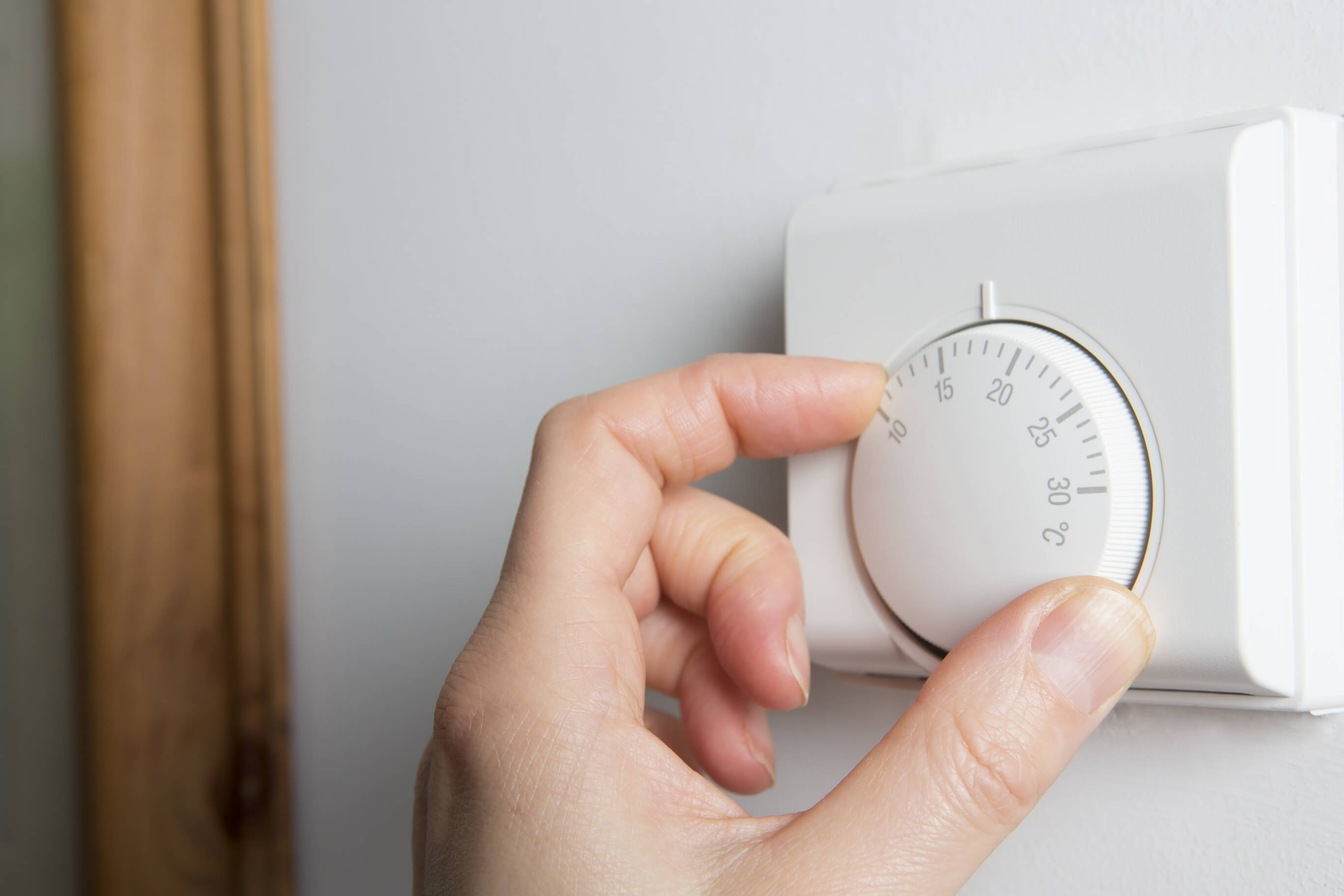
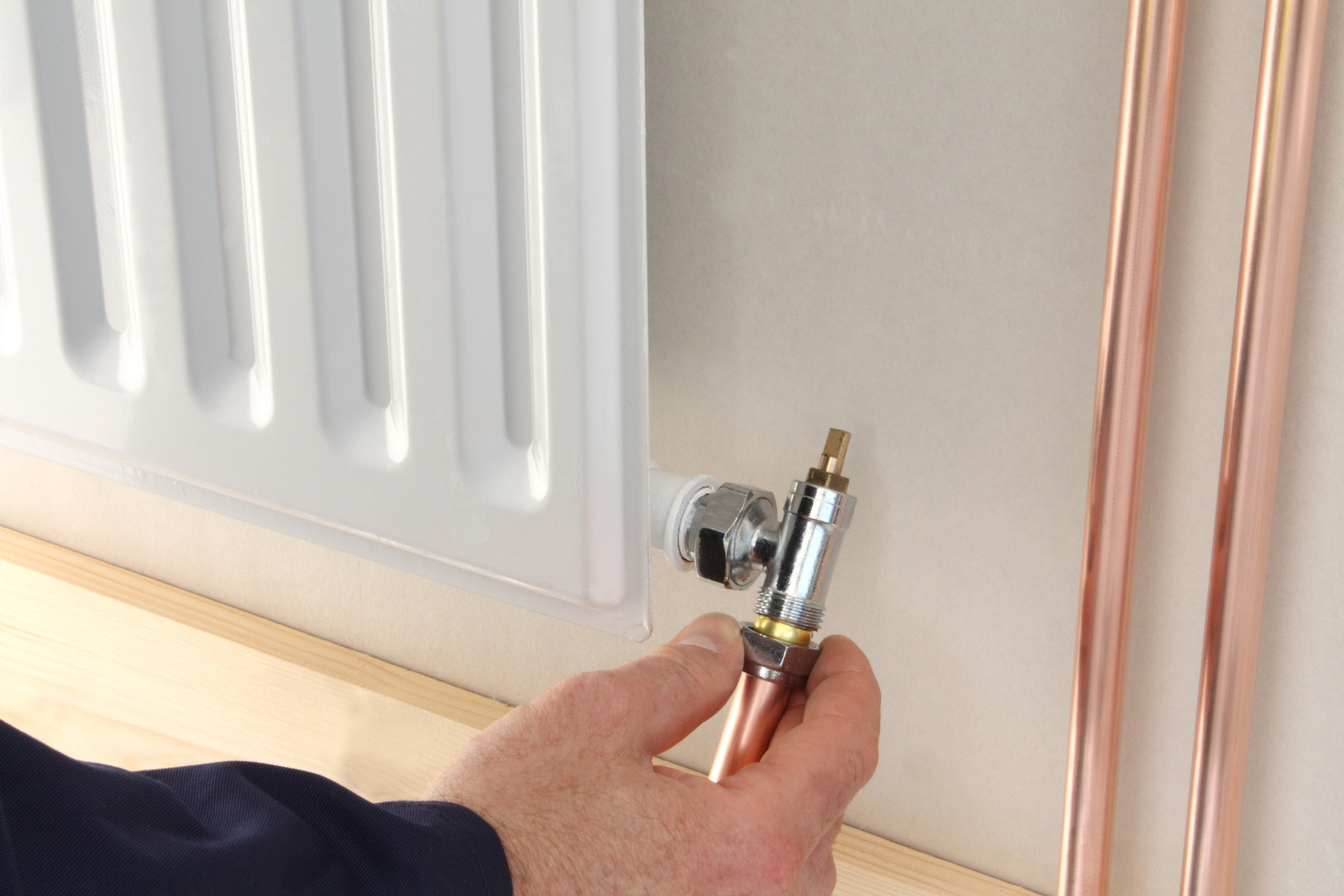
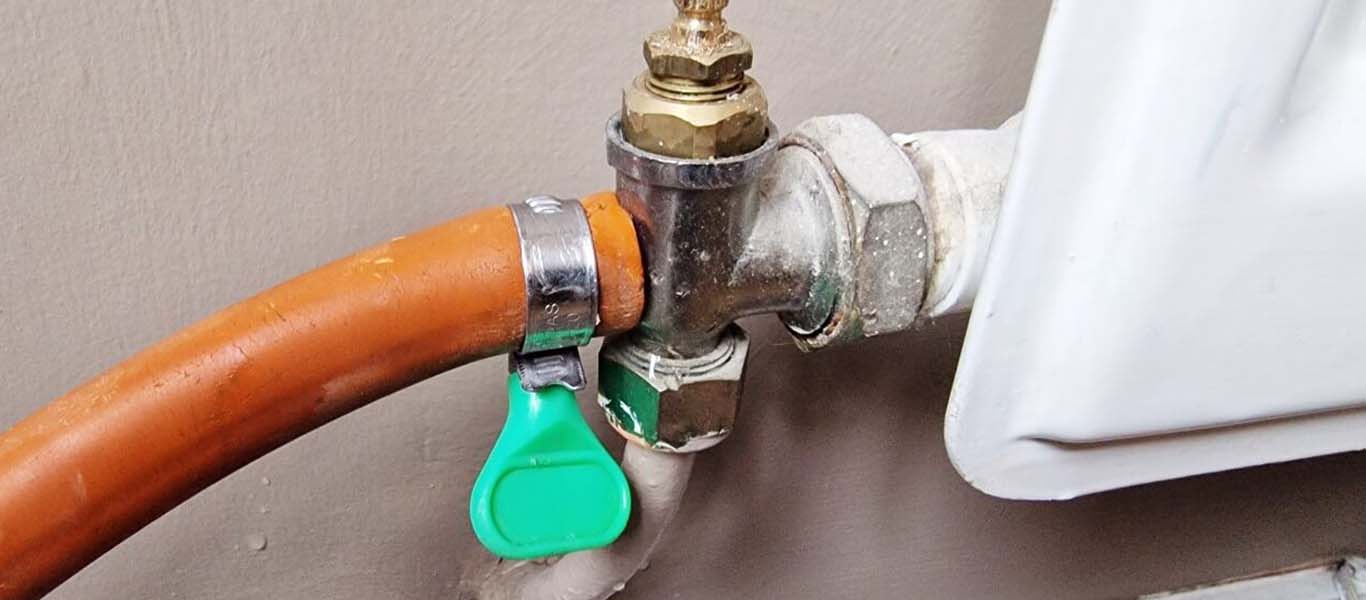
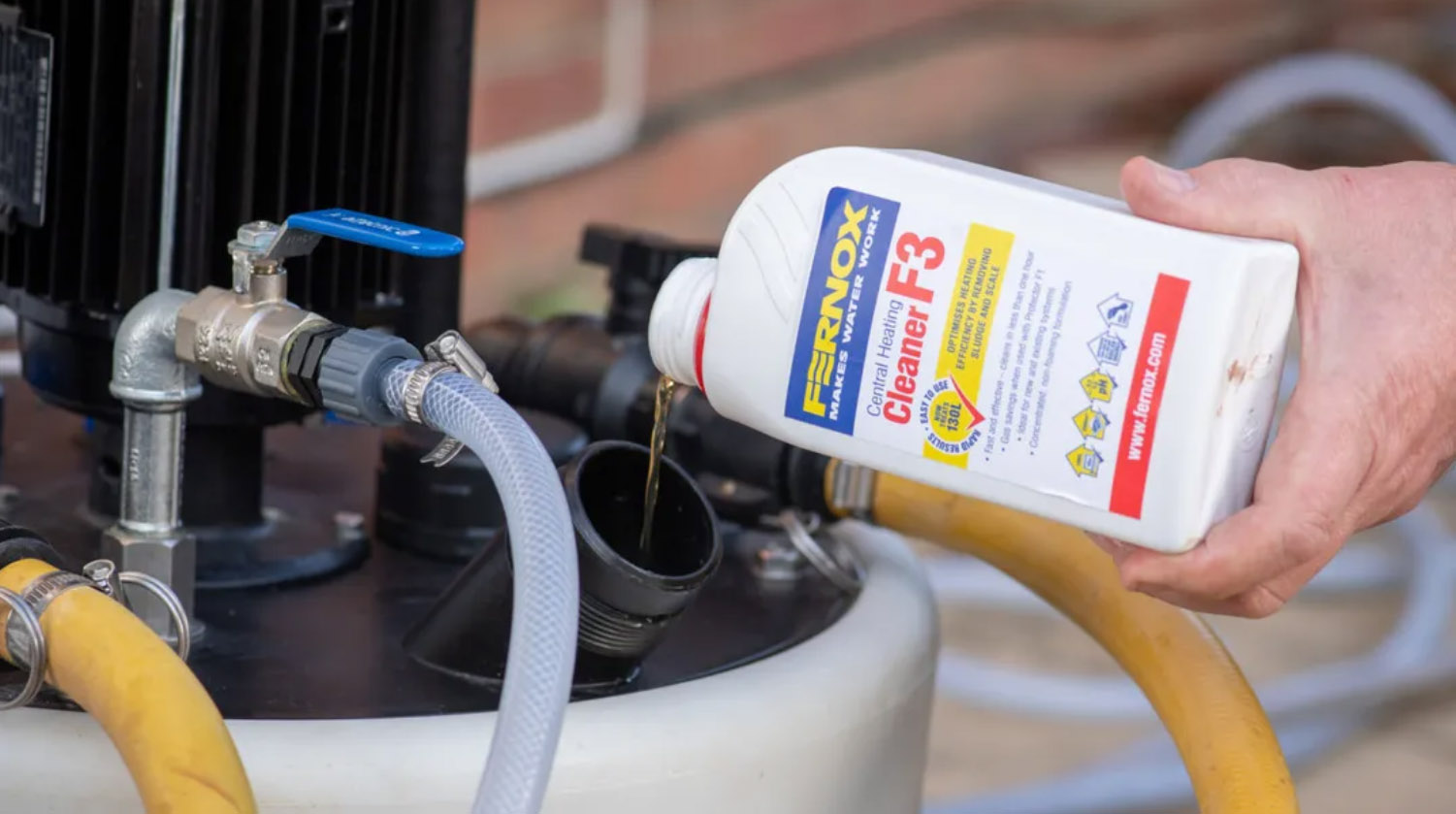
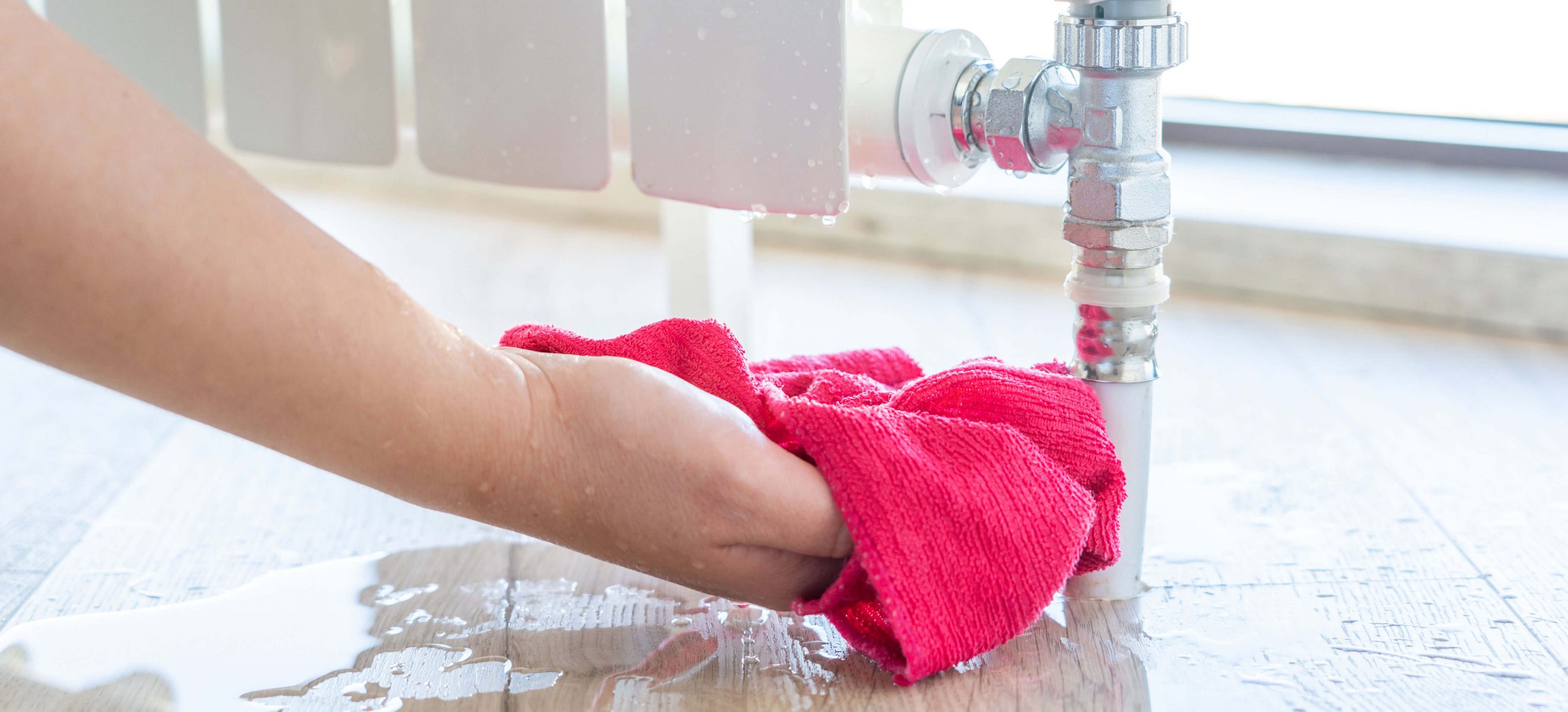
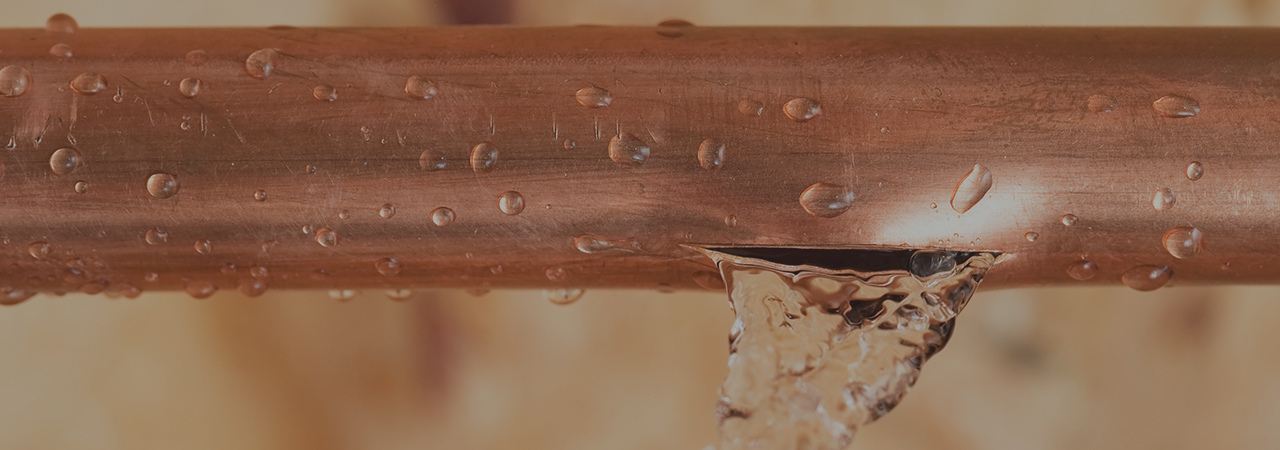


0 thoughts on “How To Install Central Heating”